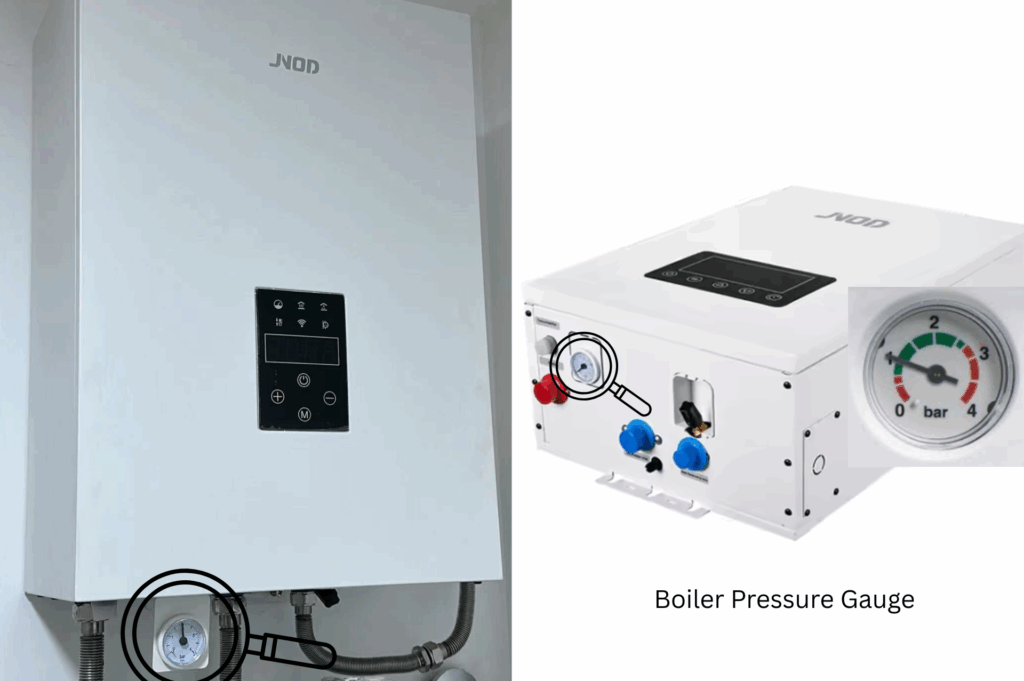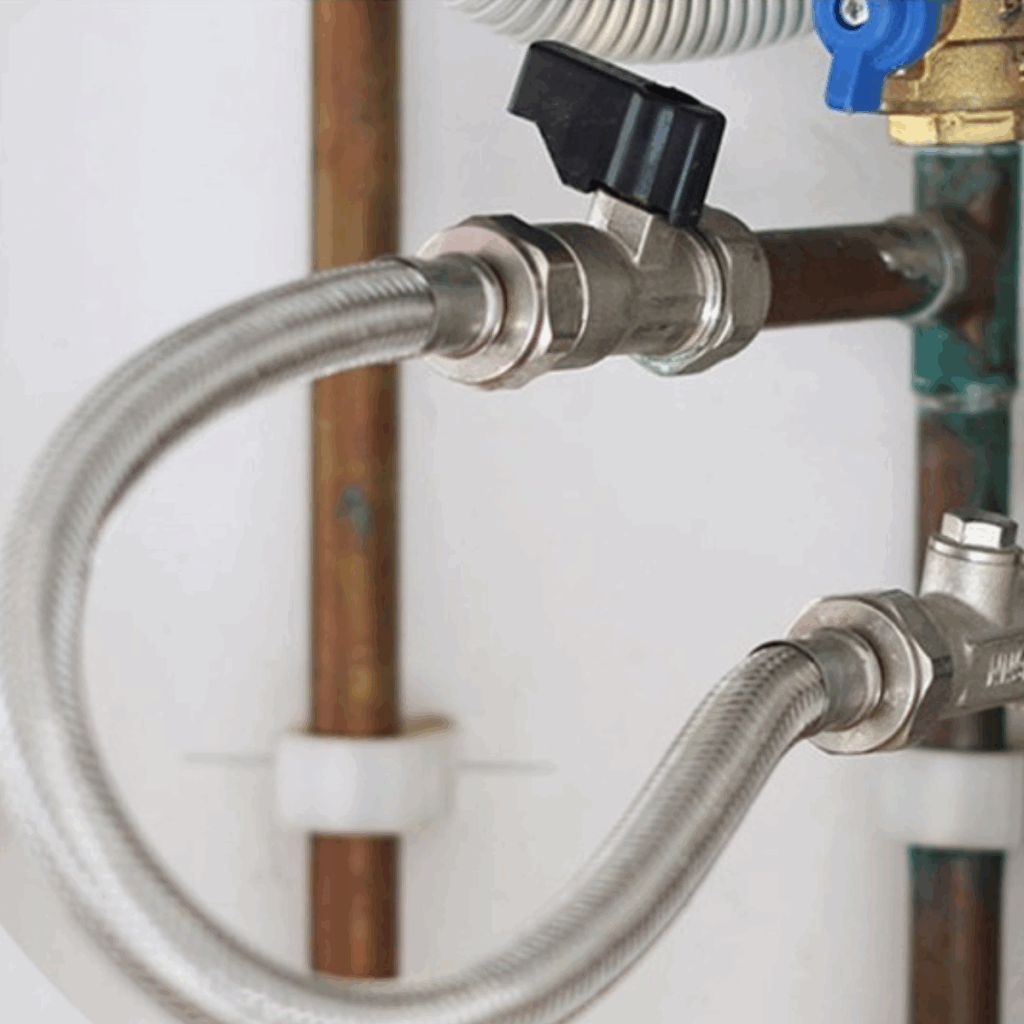Understanding Your Boiler Pressure Gauge: Complete Guide
The boiler pressure gauge is an important component in any heating system. It indicates whether the boiler is operating within the correct pressure range. Understanding how it works can help you ensure the safety, efficiency and long-term performance of your boiler.
Whether you are a homeowner or an installer, knowing how to check and set the correct pressure can avoid expensive repairs and ensure optimal boiler performance. In this guide, we will cover as much information as possible about pressure gauges to help you identify potential problems when using your boiler.

What Is a Boiler Pressure Gauge?
Most boiler pressure gauges are round dials, usually located on the front of the boiler or below the control panel. If you have an older boiler, the gauge may be located in the piping underneath the boiler. It displays the pressure within the system in bar or psi (pounds per square inch). The dial may contain green and red areas. The red area indicates low or high pressure, while the green area indicates normal pressure.
Boiler pressure measures the water pressure within the heating system and boiler. Most home boilers operate best at a pressure of 1-2 bar when the system is cool, and the pressure may rise slightly during heating.
Why Boiler Pressure Matters?
Maintaining the correct boiler pressure is crucial for the following reasons:
Efficiency: If the pressure is too low, the system will not circulate water effectively.
Safety: If the pressure is too high, it may trigger a safety shutoff or cause a leak.
System Lifespan: Maintaining the correct pressure reduces stress on components and extends the boiler’s lifespan.
Checking boiler pressure can help you identify potential problems, such as whether the boiler pressure is too high, risking system overload, or too low, potentially causing system and boiler problems.
How to Read a Boiler Pressure Gauge
The needle on your boiler’s pressure gauge will indicate the current pressure. Most gauges are color-coded:
Green Zone: Safe/Normal Pressure (usually 1 to 2 bar)
Red Zone: Low Pressure (usually below 1 bar), meaning reduced heat transfer
Red Zone: High Pressure (usually above 2.5 bar), which may cause system failure
If your gauge displays outside the green range, action is required. Release pressure if it’s too high, and replenish pressure if it’s too low.
Boiler pressure is too Low
Signs: No hot water, radiators not heating properly, pressure gauge showing a pressure drop.
Reason: Boiler leak, radiator leak, or air leak.
Solution: Use the boiler filling loop to add water until the pressure returns to normal.

- First, turn off the boiler and wait until it cools down.
- Look for the water filling loop directly under the boiler. It is usually a braided hose with a valve stem connecting two water pipes. Connect the boiler to the power supply.
- If you can’t find the water filling loop, your boiler may have a push-button water filling loop or a push-buttonless internal water filling loop. You can check the boiler’s manual to confirm its location. Once found, rotate the valve stem to open the valve, aligning it with the braided hose.
- After opening, you will hear the sound of water flowing and see the pressure gauge showing an increasing trend. Close the valve when the pressure reaches 1-1.5 bar.
- Observe the boiler for any obvious leaks and to see if the pressure remains constant. If normal, restart the boiler. Run the boiler for a while, then let it cool down and check whether the pressure drops significantly or remains constant.
Boiler pressure is too High
Signs: Loud noise, leaks, frequent shutdowns, boiler pressure gauge pointer entering the red zone.
Reasons: The fill valve is open or loose, allowing water to continue flowing; the system is overfilled, insufficient air in the expansion vessel; component failure.
Solution: Bleed the radiator to relieve pressure.
- Turn off the boiler and ensure it has cooled.
- Check that both valves in the water filling loop are fully closed.
- Use tools to release excess air in the radiator.
- Check that the pressure gauge has returned to the normal pressure range (1-2 bar).
- Check for no signs of abnormal leaks and restart the boiler.
If this situation persists or you are unsure how to proceed, seek assistance from a technician.
How Often Should You Check the Boiler Pressure Gauge?
Check the pressure gauge:
- Every few weeks during heating season
- After bleeding the radiators
- If your heating feels less effective
Keeping an eye on the gauge helps catch small issues before they become big problems.
Summary
A boiler pressure gauge is a key component that helps monitor the pressure inside your boiler system, ensuring it runs safely and efficiently. Ideal pressure usually falls between 1.0 and 2.0 bar, and the gauge allows you to quickly spot problems like low or high pressure. Low pressure can lead to poor heating, while high pressure may damage the system. Regular checks and basic adjustments—like refilling water or bleeding radiators—can prevent bigger issues. For ongoing problems, it’s best to consult a professional. Understanding your boiler pressure gauge helps extend your system’s life and maintain reliable home heating.
